Description
Solar coffee roaster made using a cement mixer
Introduction
Several steps need to be considered in order to turn the coffee grain growing on its tree into the steaming hot drink waking you up every morning.
After being picked from the tree, the fruit must soak into the water and its husk must be peeled. The grain should then ferment and being roasted before being grinded. This roasting is giving the grain all its flavour.
Coffee is one of the main exported product of Peru. At the Granja Ecologica in Huyro, Peru, students and professors from the PUCP University have developed different low tech tools. In this region where coffee is being grown, they created a coffee solar roaster using a cement mixer.
Here is how to built such a machine. Our goal is to inspired and encourage the construction of machines using salvage materials. You can adapt this device to your needs, the material and tools you have at your disposal!
We are two French students exploring low technologies in South America. Do not hesitate to follow our adventure here : https://www.facebook.com/LAtelierLowTech/
Matériaux
Roaster:
- Cement mixer,
- Black painting,
- Aluminum sheets,
- Isolating material (fiberglass, rock wool, foam,..)
Parabola:
- Stainless steel or aluminum bars,
- Metal frame, sheets of metal,
- Wires
Mechanical par:
- Belt or chain,
Gars (toothed wheels),
- Handle or motor or water wheel
Outils
- Paint brush,
- Wire cutter,
- Flat-nose pliers,
- Spanner,
- (welding material),
- (drill- screw-gun)
Étape 1 - The solar coffee roaster
The roaster is made of 3 different parts :
- The roaster itself, using a salvage cement mixer
- The solar parabola, which concentrates solar energy into the roaster
- A mechanical part, which makes the roaster turn
Étape 2 - The roaster
The roaster is built using a small cement mixer, whose inside walls are painted in black in order to convert the solar energy into thermal energy.
The cement mixers outside walls are isolated using an aluminum coating and a thick coat of isolating material (depending on the materials you have at your command: fiberglass, rock wool, isolating foam). The goal is to keep the heat inside the cement mixer so that it does not escape through the walls.
Étape 3 - The Scheffler parabola
The Scheffler parabola is a piece of sphere covered by sheets of metal, which concentrate the solar beams at its center. The cement mixer should be placed in the middle of this sphere.
The size of the parabola depends on the quality of the materials available and the quantity of heat you need, knowing that a bigger parabola will provide more heat.
The roasting process is generally undertaking around 200°C.
The stainless steel or aluminium frame is built on a foot which allows it to rotate in order to face the sun.
To reflect the maximum amount of solar beams, it is important that the beams come perpendicularly to the surface of the parabola. In summer, when the sun is high in the sky, the parabola should be placed horizontally whereas during the winter, when the sun is low, it should be placed vertically.
According to the materials you have, they could be assembled using a welder, screws or wires.
Munir le cadre d'une structure en quadrillage à l'aide de montants en métal.
Percer les tôles planes à chaque extrémité.
Fixer les tôles sur la structure en métal à l'aide de fil de fer.
Étape 4 - L'entraînement mécanique
Maintenir en place les engrenages de transmission mécanique de la bétonnière. Si les pieds gênent la transmission, il peut être préférable de modifier les pieds de la bétonnière, comme dans notre cas.
Les pales à l'intérieur de la bétonnière mise en rotation permanente permettent de remuer continuellement les grains de café et assurent une torréfaction uniforme sans brûler. La torréfaction dure 20 minutes environ.
Le mouvement de rotation peut être assuré de différentes manières :
- À la main : fixer une manivelle directement aux engrenages de la bétonnière. Cela peut être fastidieux de tourner la manivelle durant 20 minutes.
- Avec un moteur électrique : à l'aide d'une courroie ou d'une chaîne, relier les engrenages de la bétonnière à l'axe de rotation d'un moteur électrique. Le moteur électrique peut être alimenté par un groupe électrogène, le réseau électrique ou des batteries stockant de l'énergie solaire (panneaux photovoltaïques), éolienne ou hydraulique.
- Avec une turbine hydraulique : si vous disposez d'un cours d'eau, muni d'une turbine hydraulique, d'une roue à aube, d'un moulin, etc. A l'aide d'une courroie ou d'une chaîne, relier les engrenages de la bétonnière à l'axe de rotation d'une roue à aube. Entraînée par le cours d'eau, la roue à aube transmettra son mouvement perpétuel de rotation au torréfacteur.
Notes et références
La torréfaction consiste elle même en plusieurs étapes, les grains de café ayant fermenté, ils sont soumis au processus suivant :
- Déshydratation des grains de café
- Coloration marron clair à environ 200°C
- Explosion des grains (petits bruits cracs)
- Puis une phase de refroidissement est nécessaire avant le conditionnement.
Merci à Diana Figueroa et Hassan Hadzich de nous avoir rencontrées et accueillies au sein de la Granja Ecológica.
PUCP est la Pontificia Universidad Católica del Perú, université privée de Lima. http://www.pucp.edu.pe
Le Grupo de Apoyo al Sector Rural est un collectif d'étudiants et de professeurs de l'Université PUCP, créé il y a 25 ans, menant divers projets Low Tech et travaillant sur les énergies renouvelables. http://gruporural.pucp.edu.pe/listado-proyectos/
Published
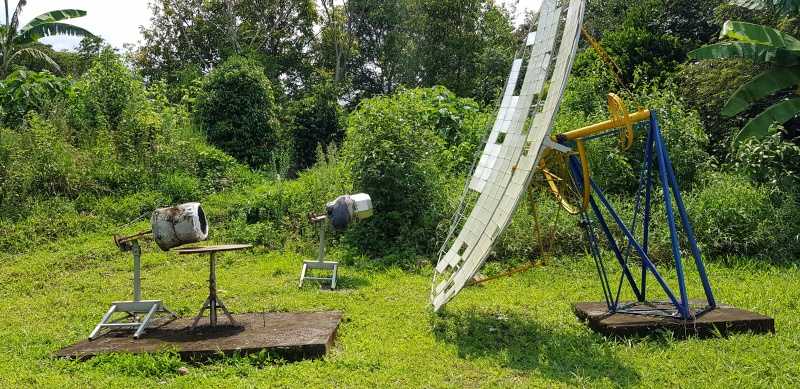
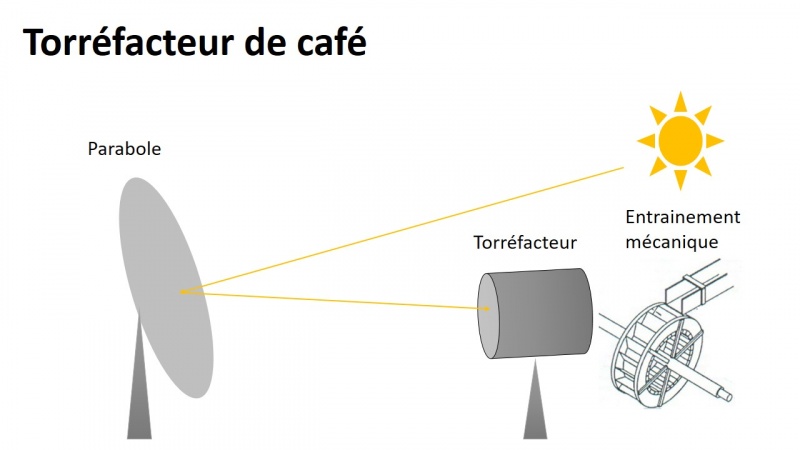
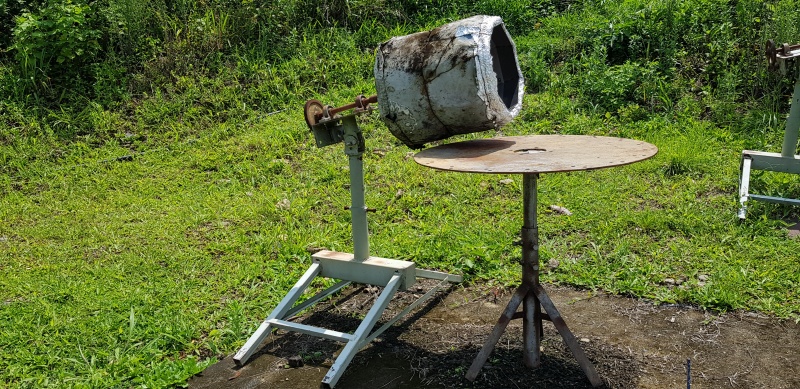
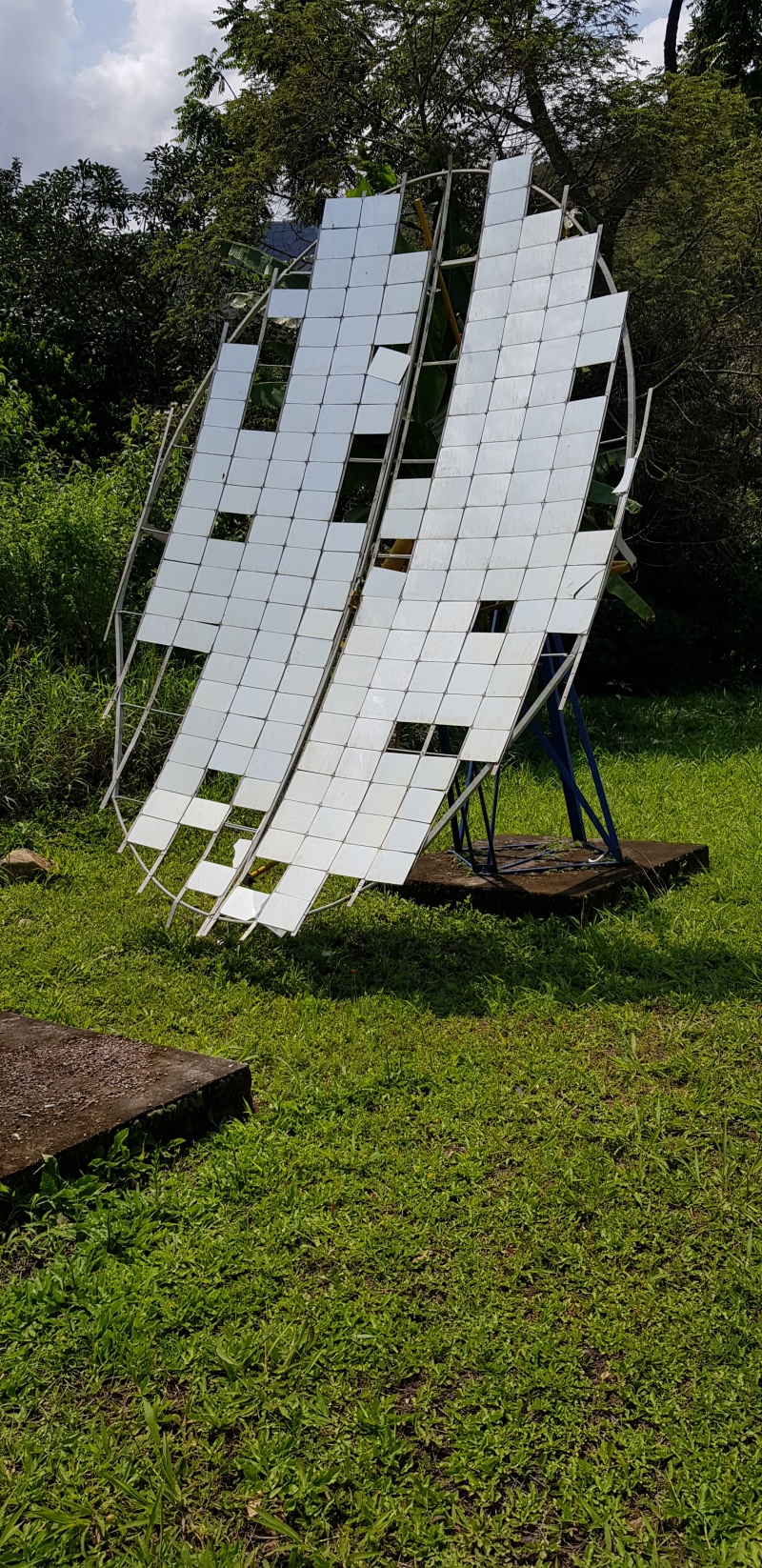
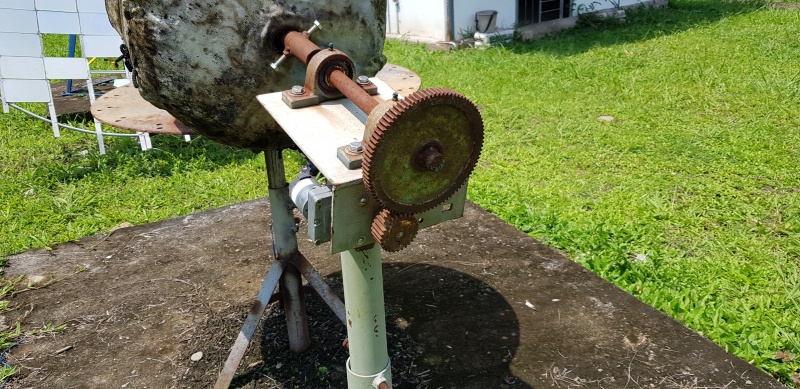
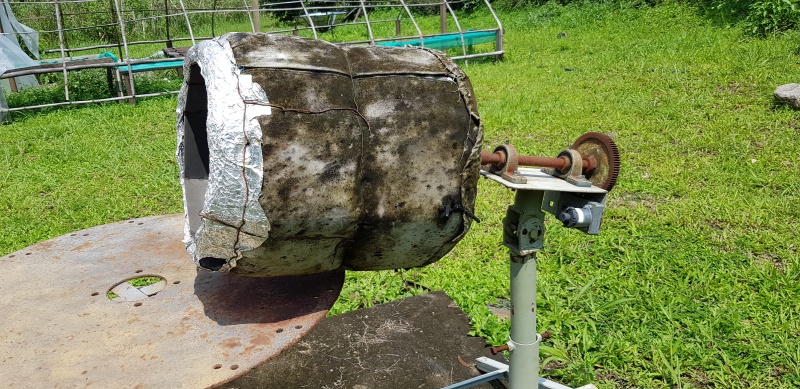
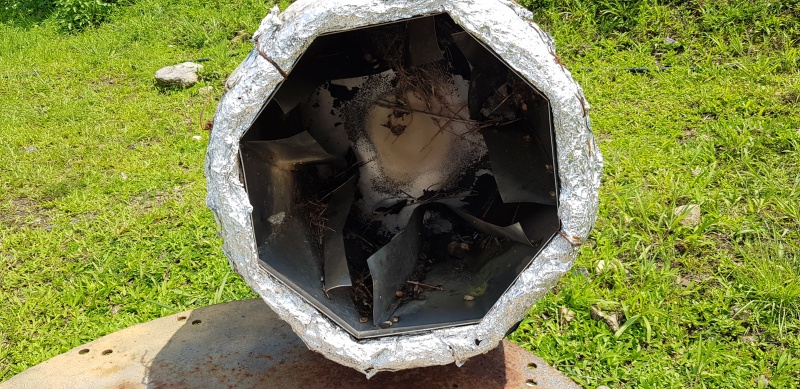
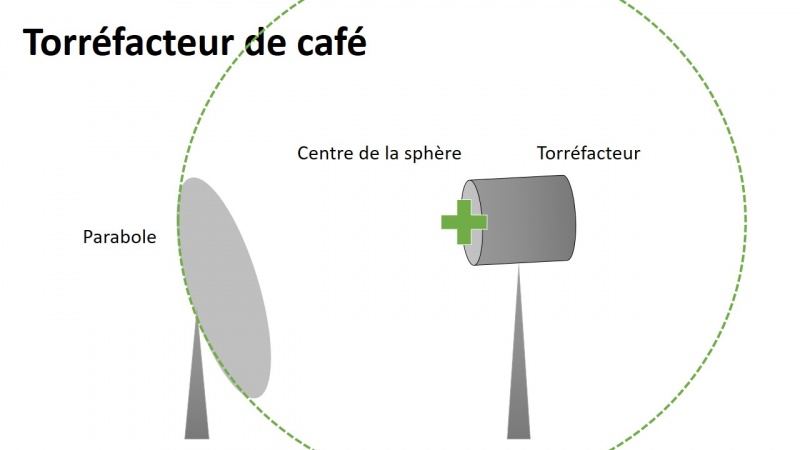
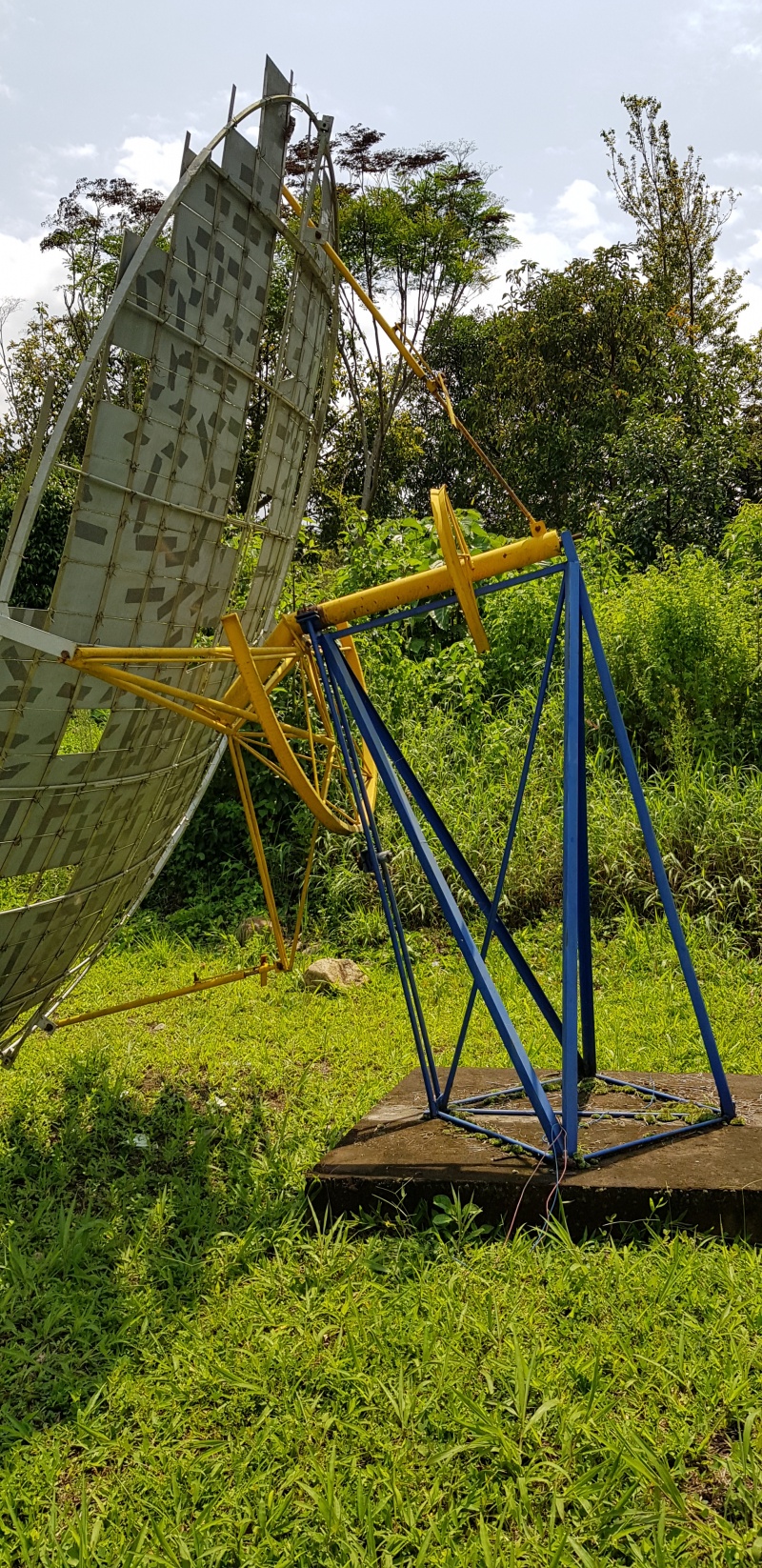
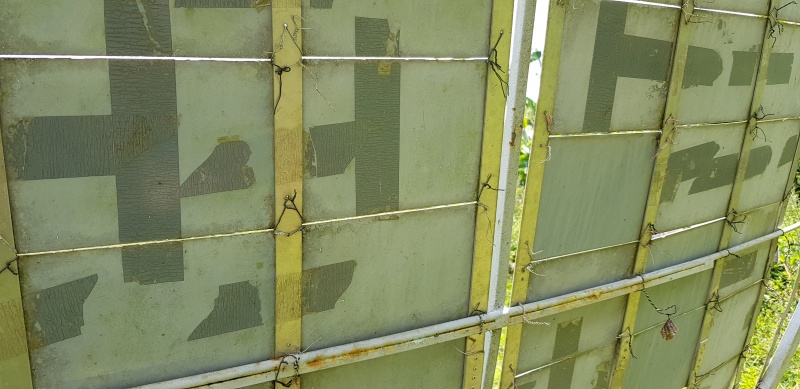
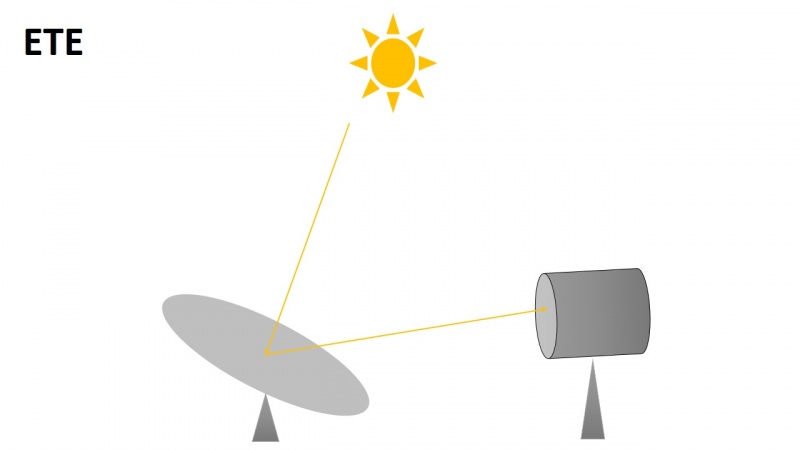
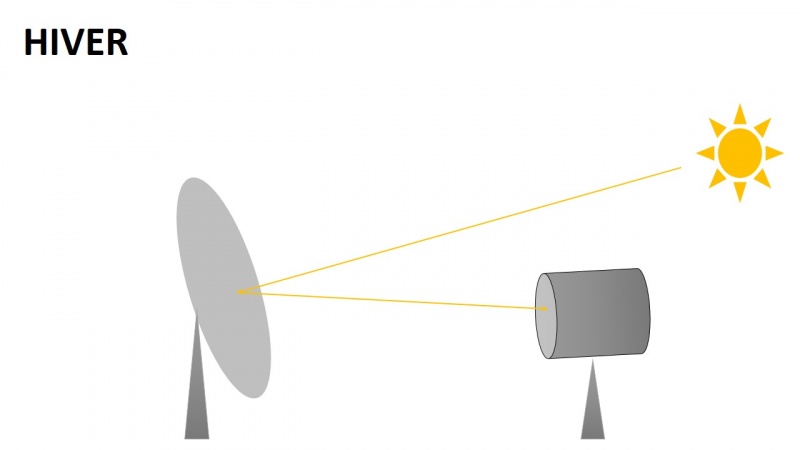
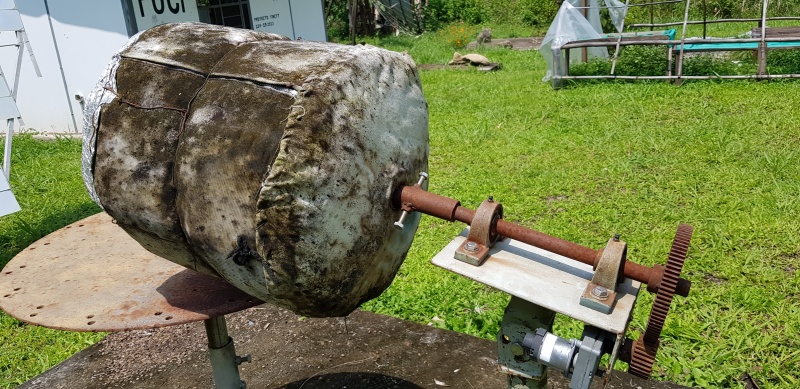
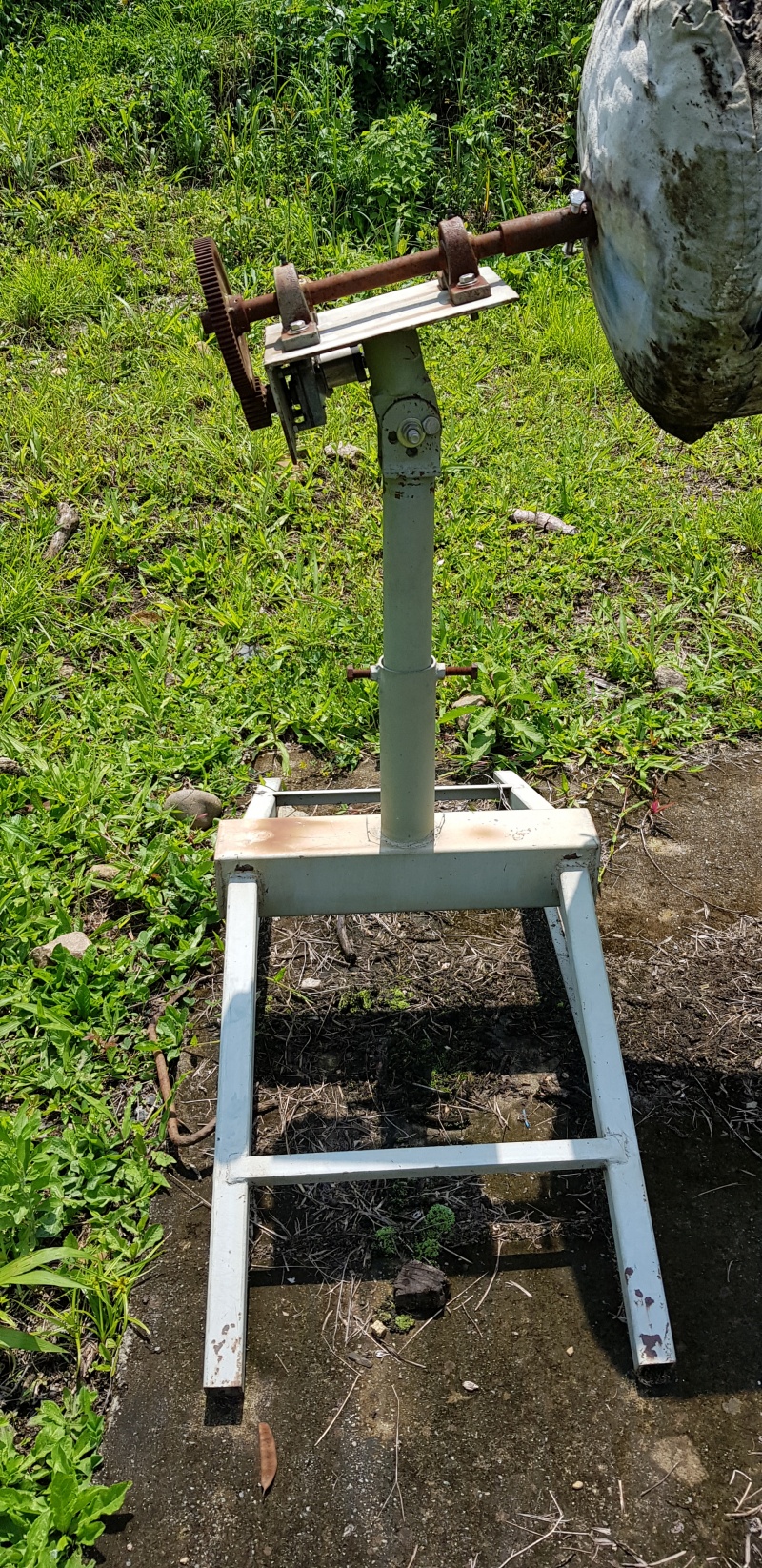
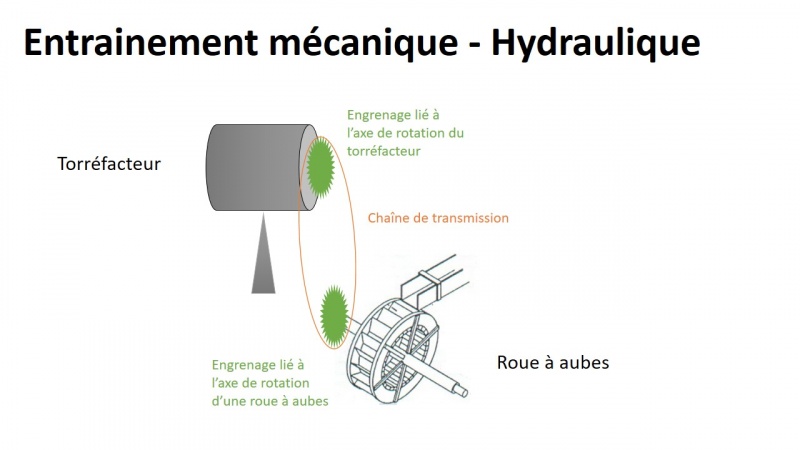
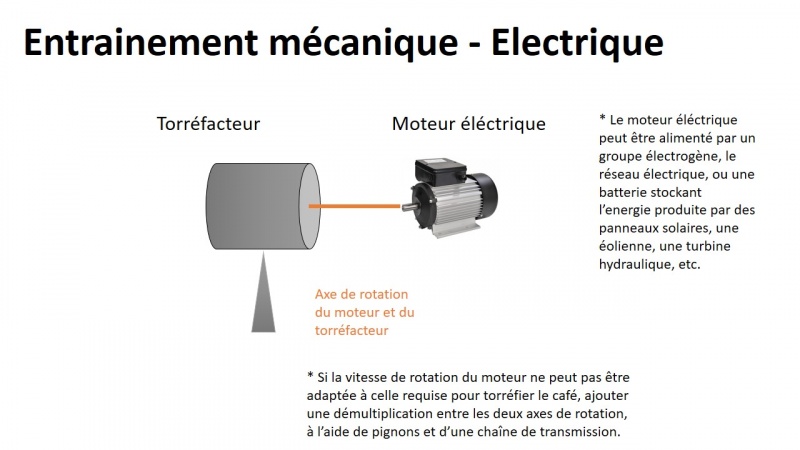
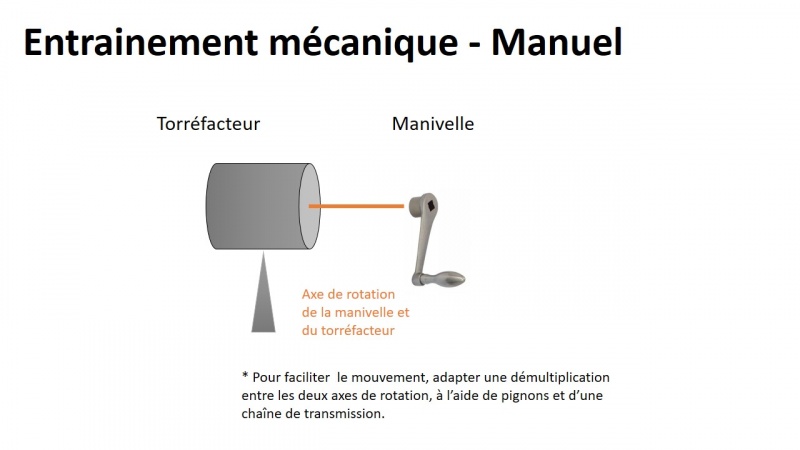
 Français
Français English
English Deutsch
Deutsch Español
Español Italiano
Italiano Português
Português